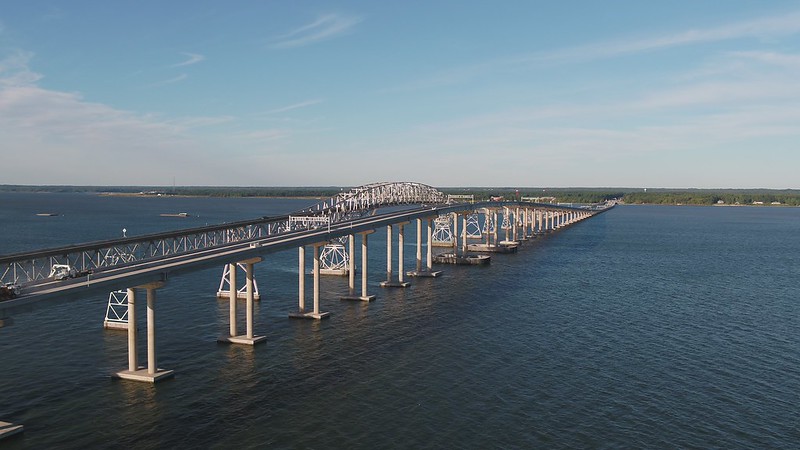
Significant advancements regarding dam safety improvements for the Lake Arrowhead and Lake Carroll communities were announced at the November 19, 2024, Stafford County Board of Supervisors meeting.
Board Chairwoman Meg Bohmke of Falmouth said that grants totaling $1.25 million were secured through the Virginia Department of Conservation and Recreation’s Safety, Flood Prevention, and Protection Assistance Fund.
This article is exclusively for our Locals Only members. Please Sign In or upgrade to become a Locals Only Member today!
Your support helps us continue delivering more in-depth community news that matters to you.

Washington, DC (Nov. 7, 2024) – Metropolitan Washington remains under a Drought Watch, following several months of low rainfall with dry conditions expected to continue throughout the fall and winter months. The Drought Watch was enacted in July by the Metropolitan Washington Council of Governments (COG). Area city and county managers were advised yesterday, November 6, that officials on COG’s Drought Coordination Technical Committee met last week and recommended keeping the region under the Drought Watch. Residents and businesses in the metropolitan Washington region are being asked to take voluntary measures to conserve water and help reduce demand on the region's water supply systems. The regional Drought Watch applies to nearly six million residents across metropolitan Washington. The current Drought Watch, now in its fourth month, is the first time since 2010 that COG has declared a Drought Watch. The Watch enacted in 2010 lasted just under a month. Following the regional Drought Response Plan, officials emphasized there is currently an adequate supply of water in the Potomac River and back-up reservoirs. They ask residents to implement voluntary water conservation practices across the region to reduce water demand and meet environmental needs of the river. A Drought Watch is the level in the plan before Drought Warning, when additional water restrictions are requested and could become mandatory should conditions worsen. The region has never declared a Drought Warning. Fire safety and protection are concerns due to dry conditions. The region is in the fall fire season, with an increased risk for wildfires. The majority of the Potomac River basin is under a ban on open air burning—the State of Maryland, West Virginia, and Delaware have implemented statewide burn bans, with some Virginia and Pennsylvania counties implementing similar restrictions. Committee members encourage residents to use extra caution when smoking outside, using outdoor grills, or engaging in other activities that involve flammable materials. Check current fire weather conditions provided by the National Weather Service.
The rain that occurred over the past several hours has ended record stretches without measurable precipitation at several area locations. pic.twitter.com/474jFuHF2k
— NWS Baltimore-Washington (@NWS_BaltWash) November 11, 2024
Wise Water Use Tips Here are simple tips residents can use to limit outdoor and indoor water use: Monitor watering lawns, plants and shrubs; Sweep sidewalks and driveways (instead of using a hose); Avoid washing your car, or instead use a commercial car wash that recycles water; Fix any plumbing leaks – especially toilets and faucets; Reduce shower length to under 5 minutes; Turn off water while brushing your teeth; and Wash full loads of dishes and clothes. A detailed list of tips for wise water use can be found at mwcog.org/wisewater. Background Information Over the past several months, the region has experienced record-breaking high temperatures along with some periods of historically low streamflow and groundwater levels. NOAA’s Climate Prediction Center has declared that nearly all of the Potomac River Basin is experiencing varying levels of drought and precipitation levels have dropped nearly 3 inches below normal in the past 30 days. The flow in the Potomac River is low but fortunately, due to sound planning by area water utilities and local governments, most of the area is well prepared to withstand drought. Three water supply reservoirs were constructed in the early 1980s to provide water during droughts. These reservoirs are nearly full and, if needed, water can be released to supplement the flow in the river. Water monitoring experts continue to closely gauge flows in the Potomac River and watch weather forecasts to determine if and when releases are necessary.

